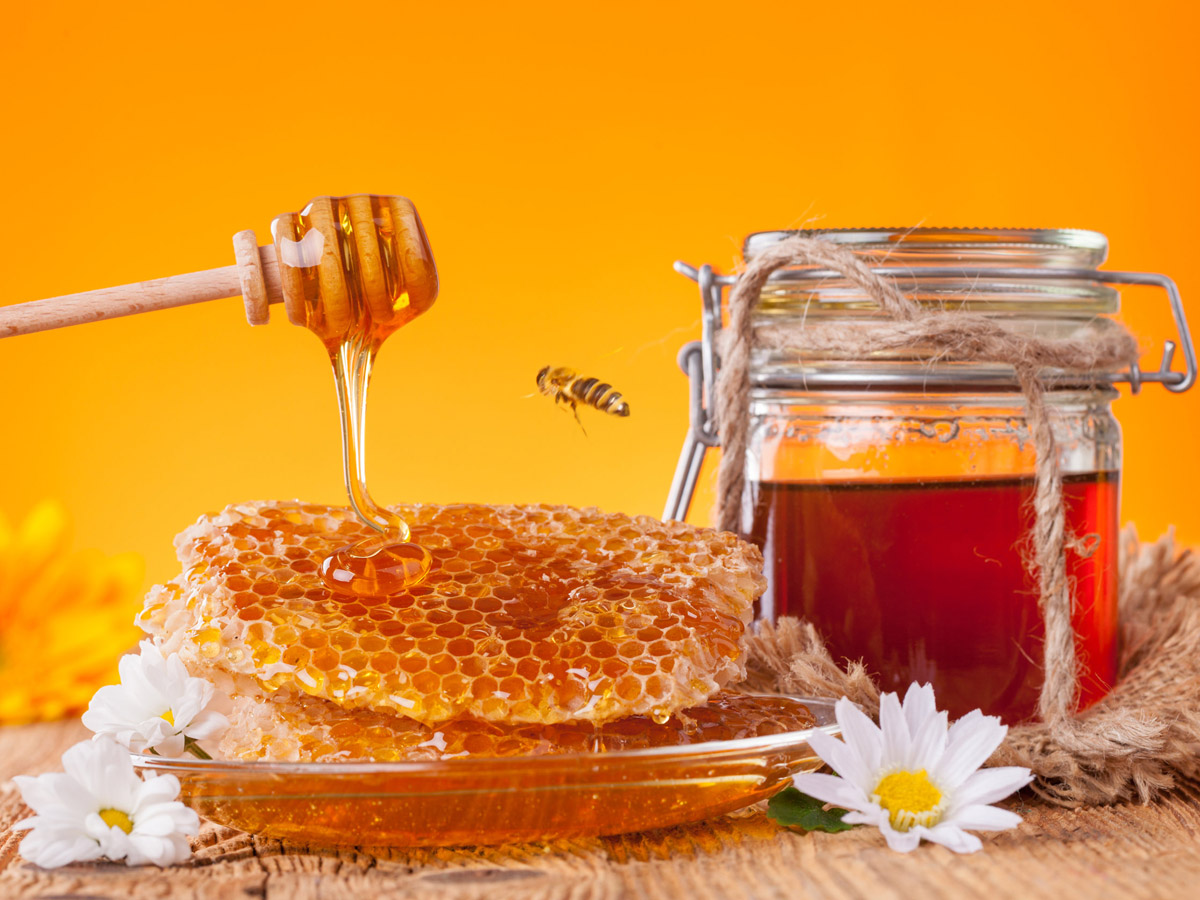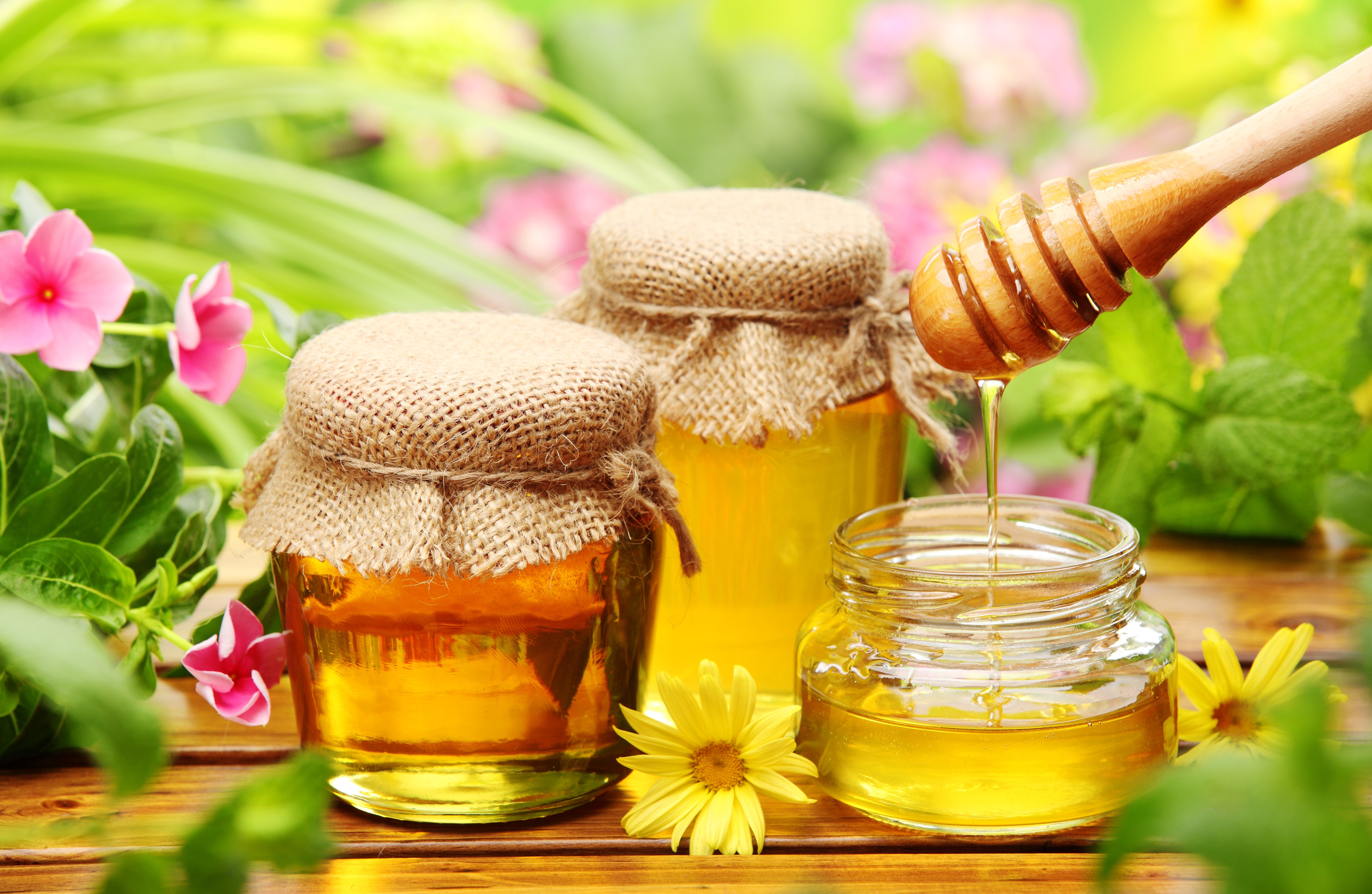Honey Singh
When you hear "Honey Singh," what comes to mind? For many, it's a name that really pops, yet there's also something quite simple and natural about the word "honey" itself. This sticky, sweet gift from nature has been a part of our lives for a very long time, offering more than just a pleasant taste. It's almost a little wonder, you know, how something so straightforward can be so useful in so many different ways.
From soothing a cough to helping out in the kitchen, honey holds a special spot in our daily routines. It's like a quiet helper, often overlooked, but always there when you need it. We're going to talk a bit about how this golden liquid can be a friend to your well-being, and some of the ways folks have found it to be really quite beneficial.
There are so many aspects to this natural product, from how it feels to how it works with other things. We'll explore some common ideas about honey and how it can be used, and perhaps clear up a few things along the way. It’s pretty interesting, actually, how much there is to know about this seemingly simple food.
Table of Contents
- The Sweet Goodness of Honey Singh's Natural Touch
- Is Honey Singh a Safe Bet for Your Health?
- Sweetening Life with Honey Singh's Help
- How Does Honey Singh Compare to Sugar?
- Practical Uses for Honey Singh's Golden Flow
- What About Honey Singh and Little Ones?
- Keeping Honey Singh Just Right
- Does Honey Singh Always Flow Freely?
The Sweet Goodness of Honey Singh's Natural Touch
Honey, in its pure form, seems to be a rather good choice for a lot of people looking for a natural sweetener. It's more than just something to make your tea taste better, though it certainly does that well. Folks have also found it quite helpful when dealing with a pesky cough, and some even put it on small cuts or scrapes. It's almost like a little natural first-aid kit in a jar, you know, for those minor everyday annoyances.
The idea that honey is generally quite safe for these kinds of uses is something many people agree on. It's been around for ages, and its uses have been passed down through generations. So, when you think about natural options for common complaints, honey very often comes up as a top contender, and for a good reason, too.
Is Honey Singh a Safe Bet for Your Health?
For most grown-ups, and children who are a bit older, honey appears to be a pretty safe item to have around. It's considered fine for adding a touch of sweetness to food or drinks, and also for helping with things like a cough. However, it's really quite important to remember that there's a specific age limit for when it's okay to give honey to children. You see, very young babies, those under one year old, should absolutely not have any honey at all, not even a tiny bit. This is a very serious point, as it could cause problems for them. So, while honey offers a lot of good things, it’s crucial to keep this one rule in mind for the little ones.
Sweetening Life with Honey Singh's Help
When you're thinking about adding a sweet taste to your food or drinks, both honey and plain sugar will certainly do the job. However, it's worth noting that they both have an effect on your body's sugar levels. That's just how it works with sweet things. But here’s a little tip that might be helpful: honey actually tastes sweeter than the regular granulated sugar you probably have in your kitchen. So, in some recipes, you might find that you can use a smaller amount of honey to get the same level of sweetness you're looking for. It's a pretty interesting difference, actually, and something to consider when you're baking or cooking.
This natural sweetness means you get a lot of flavor without needing to pour in as much. It’s a subtle thing, but it can make a difference in how your food tastes and feels. People often enjoy the unique flavor profile that honey brings, which is quite different from the straight sweetness of sugar. It's almost like it has its own personality, if you think about it.
How Does Honey Singh Compare to Sugar?
The way honey and sugar affect your body's sugar levels isn't always the same, and this is where things get a bit interesting. The "glycemic index," which is a way of measuring how much a food raises your blood sugar, can really vary for different kinds of honey. Some types of honey might have a glycemic index that's much lower than regular table sugar, while others could actually be quite a bit higher. So, it's not a simple case of one being universally better than the other in terms of how it impacts your blood sugar. It very much depends on the specific honey you're using. This makes it a little more complex than you might first imagine, you know, when choosing between the two.
This range means that what you choose for your morning toast or your baking could have a slightly different effect on your energy levels and how your body processes sugar. It’s not just about the taste, but also about the subtle ways these sweeteners work inside you. Knowing this can help you make choices that feel right for your own body and how it handles different kinds of sweetness.
Practical Uses for Honey Singh's Golden Flow
Beyond just being a sweetener, honey has a few other practical applications that people have found quite useful. For instance, if a child who is over one year old has a cough, giving them a small amount of honey, maybe half to one teaspoon, could help calm things down. It's a simple home remedy that many parents turn to. And it's not just for internal use; honey can also be put on minor cuts or scrapes. It's like a natural covering that helps with the healing process. These everyday uses make honey a pretty versatile item to have in your cupboard, you know, for those little health needs that pop up.
It's interesting how something so common can have such varied uses. From a sore throat to a small skin irritation, honey offers a gentle way to support the body's natural functions. It’s a reminder that sometimes the simplest things can be the most effective, providing comfort and relief without a lot of fuss. People have been relying on it for these kinds of benefits for a very long time, and it continues to be a popular choice.
What About Honey Singh and Little Ones?
It's really quite important to be careful when it comes to giving honey to very young children. As mentioned earlier, any child under the age of one year should not have honey at all, not even a tiny taste. This is a crucial safety measure that parents and caregivers need to be aware of. However, once a child turns one year old, honey can be considered as a possible option for treating a cough. A small amount, perhaps 0.5 to 1 teaspoon, which is about 2.5 to 5 milliliters, can be given. It's a natural approach that some find helpful for soothing a cough in older toddlers and children. So, while it's a good option for some, the age restriction is a very serious one that needs to be followed strictly for the safety of the smallest members of the family.
This specific guidance helps make sure that honey is used in a way that’s helpful and not harmful. It’s about being thoughtful with natural remedies, especially when it comes to children. Understanding these age guidelines ensures that the benefits of honey are enjoyed safely, which is, you know, always the main goal when caring for little ones.
Keeping Honey Singh Just Right
Dealing with honey in larger quantities, especially when you're thinking about processing it, can be a bit more involved than you might expect. Even if you have really good ideas on paper for setting up an area to handle honey, the reality of building it can feel a little tight. Spaces that look fine on a drawing can feel quite cramped once you start putting things in. It’s a good lesson in how practical building often needs more room than you first imagine. When it comes to the tools for handling honey, some people have found certain products, like a "honey bandit" from a company called Mann Lake, to be really quite good. Apparently, these tools don't have a bad smell and they do what they're supposed to do effectively. So, while planning is key, the actual hands-on work of processing honey can teach you a lot about space and equipment that works well.
Storing honey also brings its own set of considerations. You might find that the honey at the top of a container tastes light but has a slightly sour smell, yet it pours easily. Then, the honey at the bottom might taste just like honey but looks solid, almost like sugar crystals. This crystallized honey won't flow, even in really warm temperatures, like 95 degrees. This is pretty common, actually, and it just means the honey has naturally solidified. To fix this, a special kind of heater, made for honey that has become solid, can do the job of making it liquid again. People also use simple methods, like putting buckets of honey in a deep sink filled with hot water from the water heater, to get it flowing freely once more. So, keeping honey in its ideal state often requires a little bit of knowledge about its natural tendencies and how to gently encourage it to stay liquid or become liquid again.
Does Honey Singh Always Flow Freely?
No, honey doesn't always flow freely, and that's a pretty normal thing. You see, honey has a natural tendency to become solid, a process called crystallization. When it gets cool, or just over time, the sugars in honey can form tiny crystals, making it thick and solid, almost like a soft candy. This means it won't pour out of the jar easily, even if it's warm outside. It's not a sign that the honey has gone bad, just that it's changed its form. To get it back to its smooth, pourable state, you usually need to warm it up gently. A heater designed for honey, or even just setting the container in a warm water bath, can do the trick. It's like coaxing it back to its liquid self, you know, with a little warmth and patience.
This characteristic is something many people discover when they store honey for a while. It's a natural part of the product's life cycle. Understanding that crystallization is a normal occurrence helps in knowing how to handle and store honey properly, ensuring it's always ready for use, whether you want it liquid or in its more solid form. It's pretty fascinating, actually, how honey behaves in different conditions.
In the wider world of honey, there's a really interesting mix of people involved. You have commercial producers, smaller side-line operations, and lots of new beekeepers just starting out. Then there are groups focused on keeping bees without using certain treatments, and others who work with specific bee traits like "VSH" (Varroa Sensitive Hygiene) or "allogrooming," where bees clean each other. There are also "bio-technical beekeepers" and those involved in "artificial insemination groups." It's a pretty diverse community, you know, with lots of different approaches and interests all centered around these amazing little insects and the sweet stuff they make. It’s almost like a melting pot of ideas and practices, all contributing to the bigger picture of honey production and bee health.

What is honey?

70+ Honey HD Wallpapers and Backgrounds

The Dangers and Benefits of Raw Honey